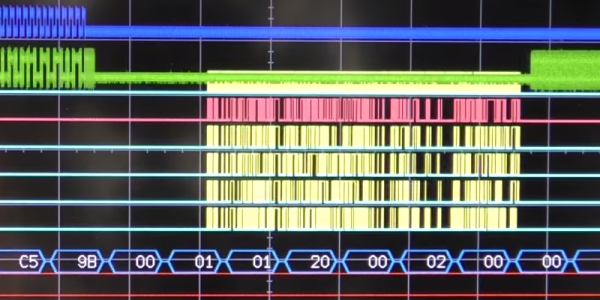Everyone remembers their first. Their first CPU, that is. For many of us, it was the RCA 1802 thanks to the COSMAC Elf articles that ran in Popular Electronics. The later versions of the chip family were much better but were never as popular, but the 1805 did find its way into a printing calculator for dimensions from a company named Boyd. Some of these recently showed up on the surplus market and–of course–were subsequently hacked.
[Bill Rowe] is active in the groups that still work with the 1802. Because of some specialized uses you can still get the chips readily, some four decades after they were new. Other computers at the time were difficult to build and relatively expensive, while for $100 almost anyone could wire wrap a simple 1802-based computer together in a weekend or less.














